7 French Drain Alternatives to Drain Water Away Effectively
Author: Chris Miller | Editor: Omar Alonso
Review & Research: Jen Worst & Chris Miller
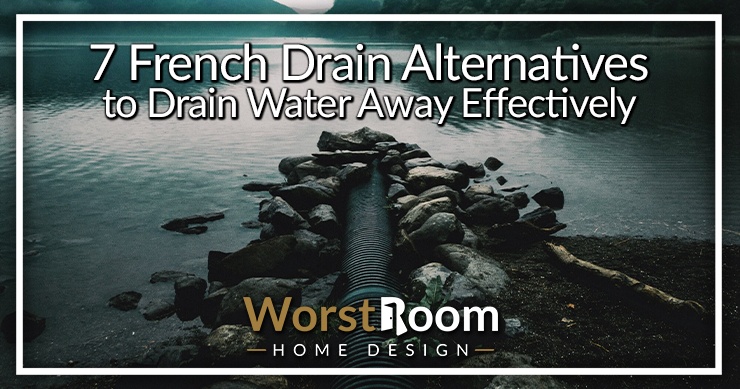
A french drain is intended to direct rainwater away from the building, decreasing floods and limiting saturated soil erosion. Sometimes we can't install one, and thankfully we have a collection of french drain alternatives available.
Although this is one of the most common methods of adding more drainage, some other options are equally effective depending on the scenario. Before constructing a french drain in your property, you should consider some of these options thoroughly.
Here, we will present all pertinent information regarding our best suggestions for various alternatives to french drains. Let's begin.
7 French Drain Alternatives
An interesting piece of trivia for you is that french drains don't come from France. A farmer (who was also a judge) in Massachusetts in the USA named Henry French came up with the idea of the french drain in 1859. They're great, but not always appropriate or fast enough to construct in our time of need.
Here is our list of alternatives to french drains. It will assist you in determining the optimum landscaping approach for properly redirecting runoff and preventing soaked ground and erosion.
Valleys or Swales
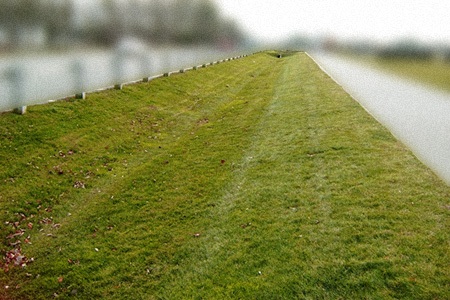
Our first and highly recommended alternative for french drains is employing a valley instead. A valley is essentially a trench drainage system or ditch that may create a natural drainage system around the house.
The valley must dip downhill to direct the water to the proper location. The ditch can be of various sizes based on the quantity of water that has to be contained. If the trench is shallow, it should be covered with gravel, gutters, or ventilated pipe to keep it stable.
Also, if you are concerned about its functionality, valleys are the perfect alternatives to french drains as they function in a very similar manner. A french drain is a trench with pipes that may assist drain water and channel it away from a specific location.
A valley functions in the same way but without the usage of pipe. It is essentially a natural means of allowing water to drain off into a separate place. These are great french drain alternatives if you can get into terraforming your landscape.
Essentially, a valley is a straightforward natural approach to imitate the functionality of a french drain. Gravity and the arrangement of the ground are used to make the task more effective.
This approach needs a decent region favorable to the formation of a valley, without which it may be impossible to implement. At the bottom you could even create a rock drainage ditch so you aren't collecting water.
Dry Wells
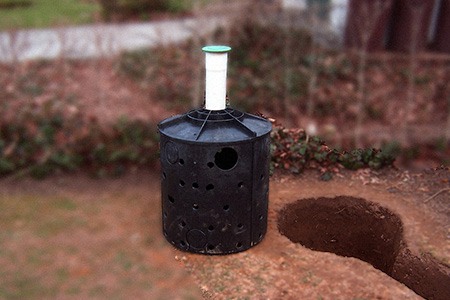
A dry well is a kind of well that is much deeper compared to its breadth near the top, and it is used to transport freshwater below the surface.
A well like this can provide draining without requiring a tie to an electricity or sewage system. Gravel stones and landscaping fabric surround it, and it drains water into the adjacent land.
If you can get a decent dry well, it will keep a considerable amount of water in place for you. Constructing a dry well is a good solution if you truly want to solve your water crisis.
The rainwater will be directed down the well, where it will be stored in an underground storage facility. Individuals that have major flooding in their property choose this option frequently as a french drain alternative.
It might be a rather useful answer to your troubles. Getting well-fitted is ideal when you want to be able to store extra water. This water can be used in several ways, making it a convenient pick. However, installing a dry well system like this might be costly.
If you get a dry well installed on your property, it can remove your flooding problems altogether. It is capable of performing far better than a french drain in general. Although it might be expensive, it is difficult to ignore how successfully a dry well process operates to alleviate the problem.
Sandbags
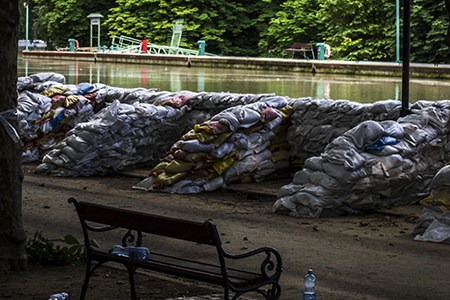
A quick fix, though not one you want to employ permanently, is to use sandbags to route the excess water in a safe direction (away from whatever types of house foundations you have).
Sandbags or any sandbag alternatives are generally cloth or plastic bags or tubing filled with a dense material that can't get swept away (thanks to the bag fabric).
Some sandbags are nothing more than potato sacks filled with sand. Others are inflatable plastic tubes filled with air. As long as they can resist water and guide it to flow in a desired direction, who cares what it looks like.
Stairs

Stairs can enhance drainage in the correct spot to houses with a significant altitude shift or a slope. These french drain alternatives have a built-in plumbing system that may direct water to the appropriate region without a french drainage pipe.
Although concrete stairs are sturdy and efficient for the task, they are not suitable for every house. You'll need a wide gradient for all of this and more land at the base of the stairway.
Adding more stairs is an excellent alternative to installing a french drain. This process of installing stairs to the house will aid with draining. Terracing is a strategy that is quite comparable to the valley option stated before.
Here, the aim is to let the water drain downhill by using the stairs. By following the instructions correctly, you can prevent some of the difficulties associated with soil degradation.
There will be several flat spaces on the stairs where water may accumulate prior to actually rolling down. It will not let all slide down to the earth underneath in one go. That may help you prevent significant water seeping and huge muddy patches.
On the other hand, stairs can look incredibly wonderful and maybe a terrific addition to any sloped landscape. If you like this idea you can learn how to build natural stone steps here and install drainage pipes behind them easily.
This option of building some stairs will not be challenging, but it will result in a great outcome. Now, these extra stairs might be utilized to remove water downhill. And this will prevent it from entering the house and other locations where stagnant water is not wanted.
There are several different types of stairs you can create, so you can be imaginative and incorporate a very cool element into your residence.
Bog Gardens
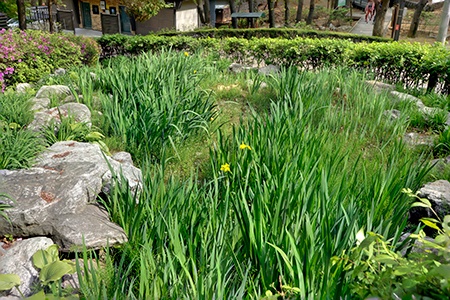
If you've identified where excess water pools up on your land and it's not too much (or even if it is if you like this) you can create bog gardens as french drain alternatives. This will be tall grasses and flowers that help break up the soil and improve water drainage.
You have to make sure you're choosing the right plants that can thrive in boggy conditions, meaning soggy, overly wet soil and perhaps more shade than sunlight. The only bad part about a bog garden is it's a breeding ground for mosquitos just like any swamp.
Sump Pumps
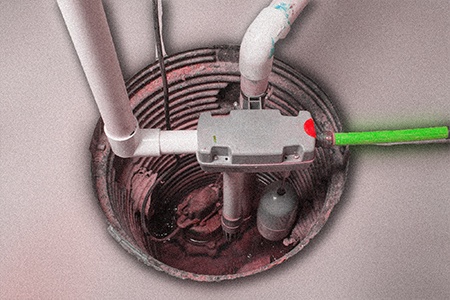
A sump is an organically occurring pit; typically a hole cut beneath the central area of a basement level. Sump pumps draw water from the basement and away from the house, which typically enters the basement during heavy rainfall.
It is without a doubt among the most popular and effective alternatives to a french drain. A sump pump improves drainage but has a few drawbacks. This system necessitates the use of power, which can be costly to construct and operate.
If you reside in a high-risk flood zone, though, you'll need a sump pump to remove extra water from the basement, or it may lead to water overflow and flooding. You may be wondering how often a sump pump should run and how much noise you'll have to deal with. We have the answers there for you.
Gutters
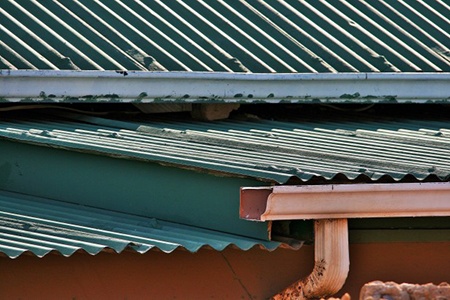
Another excellent example is installing any types of gutters on a building's roof. It is a highly practical method for adding additional draining and basement sealing. Gutters may be built on practically any building's exterior to direct water to a ground drain rather than a significant flood region.
Furthermore, there are alternative methods for preventing stagnant water and excess water overflow. Copper gutters and other plumbing systems, as well as these gutter alternatives for example, can be incorporated to avoid this.
French Drain Alternatives for Extra Water Drainage Options
Now that we have told you about the top french drain alternatives, you will be able to make the right choice from here. Good luck keeping your home protected from excessive water flow.



